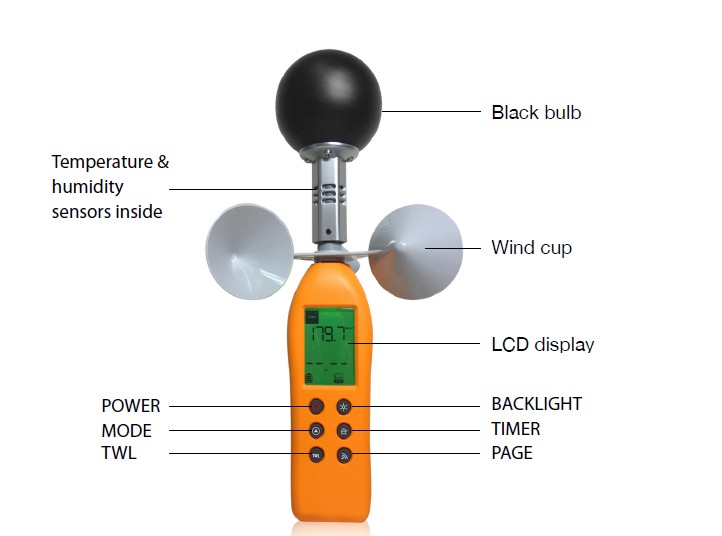
What is calibration
• Metrology's educational department developed a unit to clarify calibration concepts.
• The unit is based on ASME B89.7.1-2016, Guidelines for Addressing Measurement Uncertainty.
• The International Vocabulary of Metrology (VIM) defines calibration as an operation establishing a relation between quantity values with measurement uncertainties and corresponding indications with associated uncertainties.
• Calibration involves two steps: relating measured values from measuring equipment to those from calibrated measurement standards, and ensuring traceability.
• Calibration measurements have three purposes: determining reference values, determining test values for verification to tolerance, and determining necessary adjustments to measuring equipment.
• The most common confusion is with adjustments to measuring equipment accuracy.
• Clear expectations and careful usage of the word "calibration" are recommended when requesting calibration services.




